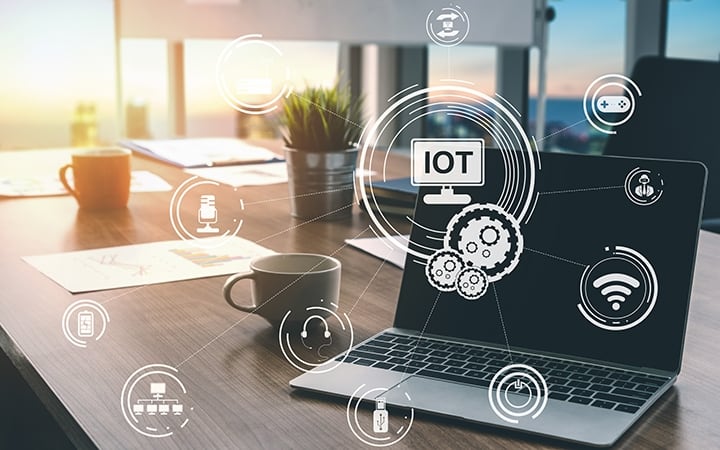The Internet of Things (IoT) has brought a significant change in our daily lives and is one of the most popular technologies today. With the improvement of connectivity over the last several years, IoT has become more widespread as it expands into home and work environments. As these IoT ecosystems evolve and collect their data, they offer businesses the opportunity to tap into new territory by creating custom applications that utilize these data pools.
IoT technology has gained traction with the help of growing mobile technology. There are around 30.7 billion internet-connected devices in 2020, which is expected to grow to 75.4 billion by 2025. These IoT devices generate a massive amount of data, so businesses decide what and how much data should and will be captured based on their business needs. Data can be gathered from multiple sources, customized, and placed in a central location on a dashboard or configured so it can be used in numerous ways.
User-generated Data
Lots of business equipment using IoT has presets for data gathering. Using forklift sensor monitoring as an example, we know we can use the sensors’ data by detecting the equipment in a warehouse setting. The forklifts’ data provides details on its frequency of use, which is then run through business intelligence (BI), and pushed to a dashboard for display and analysis. The dashboard shows the battery life data on all the equipment, which helps maintenance staff determine how much the forklifts are utilized. They can then extend the forklift investments’ life by swapping forklifts in use zones – the lesser-used equipment can then be traded with higher-used equipment to even out wear and tear.
Application Data
Technology makes IoT integration now expected – specifically in what we buy and the services we depend on. So, while IoT sensors and devices collect tons of these valuable insights, they also generate massive, high-speed data streams that need to be processed, analyzed, stored, and secured. Additionally, IoT data is also highly perishable. Without the knowledge or the right tools, a business will miss opportunities to act on time-sensitive insights that contain the most potential. Using BI, the business data can be applied to create better products, services, and experiences by developing custom application-specific data strategies that capture the required information.
Event & Time Data
IoT data can be captured through events such as motion, activity, temperature, light, vision, or sound. In many of these cases, latency matters. Delays between a data event and a reaction must be near real-time. When these events occur, the data captured must be interpreted and immediately pushed to a dashboard that can be displayed or rapidly processed to be construed or recorded. The information can also be captured on an hourly, weekly, or daily basis instead of catching it every second.
While the Internet of Things has brought a significant change in our daily lives, it has also impacted how businesses can tap into new data resources. As this technology continues to develop, learn how to get the most out of these new data opportunities. Contact Blake Patterson at 502.907.6593. to find out how we can get you there.




